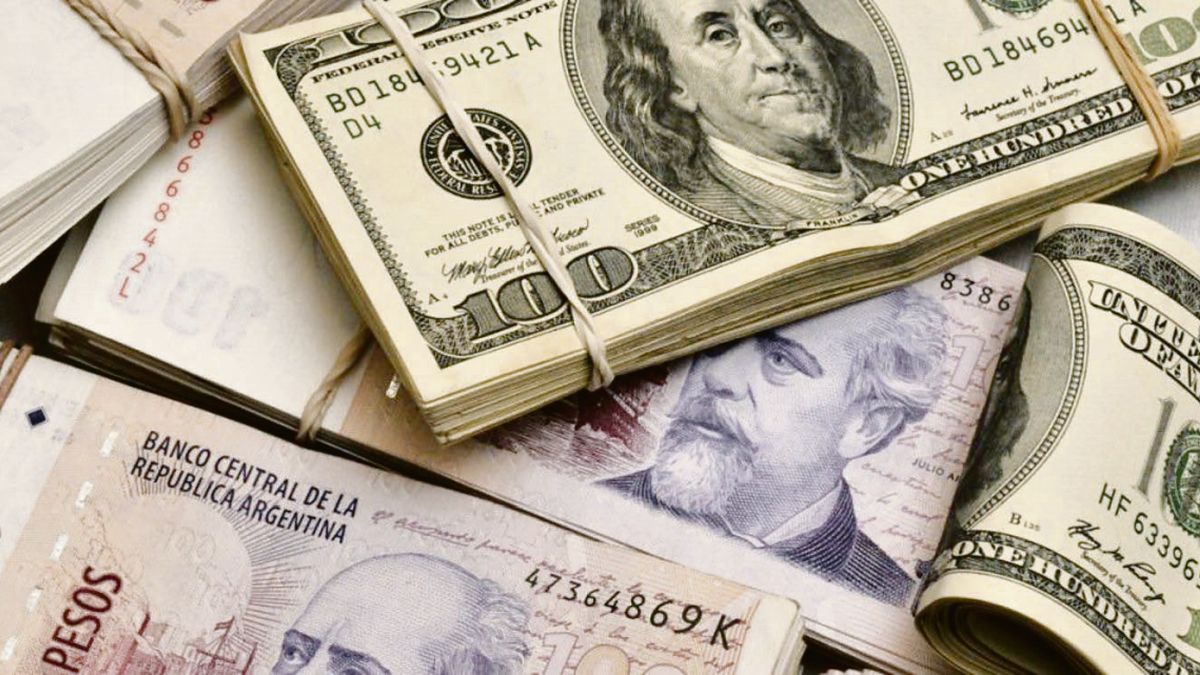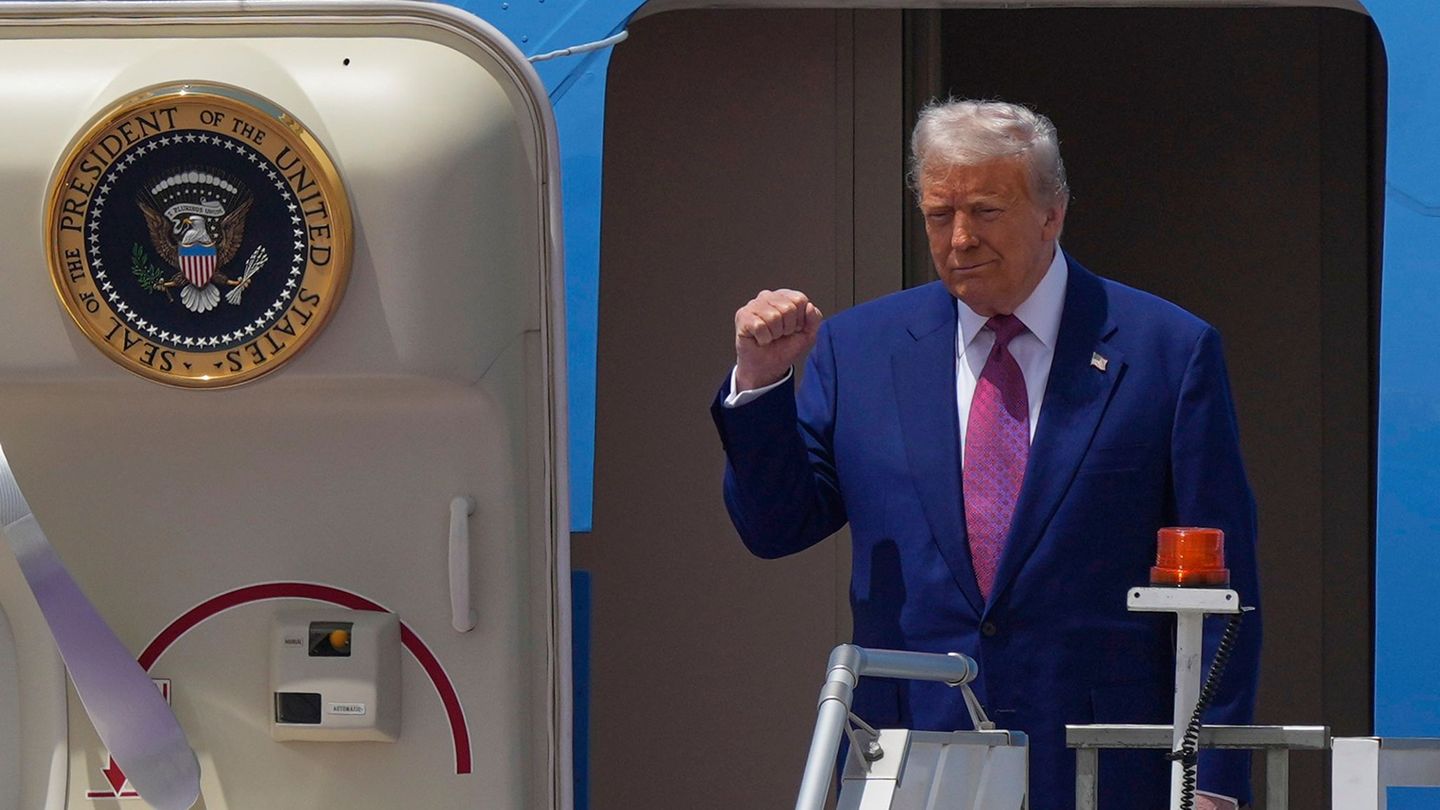The BCRA would not be able to reach its 1% monthly target in the last quarter of the year. It gave the impression that there was an imbalance in the money market. The permanent avalanche of pesos did not allow him to reach the desired amount of pesosthe BCRA could not absorb the pesos in the primary market of Lebacs because Anses, the Banco Nación and the official banks stopped demanding Lebacs and began to grant credit to the private sector.
On the other hand, if we added this inertia to the 2017 primary deficit, plus the indexation, promises and previous fiscal commitments, 2018 would start with a primary imbalance without interest of 5.2% of GDPwhich implied the need for a fiscal adjustment of 2% of GDP in order to meet the fiscal goal for 2018.
Meanwhile, “The solution to inflation, which was the easiest thing to solve,” according to President Macri, lasted forever. We were already in the fourth semester and the objective was not reached. The goal was 1% per month (1.9% was almost double the goal). According to Sturzenegger-Dujovne, before being officials; inflation was a confiscatory tax that was not dealt with in Congress and affected the most vulnerable sectors the most. Inflation was bad practice for a popular government, but apologizing was acceptable to Cambiemosand the population had ratified their trust.
There were fiscal and external limits for the once second line of Fernando De la Rúa’s technocracy, marked by the twin deficits that far exceeded the last term of Cristina Fernández de Kirchner. Comparing in a homogeneous way, when the fiscal deficit -without taking the income from laundering that was only once-, the overall deficit grew. It was already around 9/10% of GDP, computing the provincial, municipal and quasi-fiscal deficit, in the last quarter.
In another vein, the growing current account deficit indicated that 2017 could end with an external deficit of around 5% of GDP. The trade balance already accumulated a deficit of 5.2 billion dollars in just 9 months of 2017. Only in September the deficit was US$765 million, against a surplus of US$242 in 2016.
RECORD twin deficit IN 35 YEARS OF THE MACRI ADMINISTRATION
Whenever Argentina had twin deficits of that size, we had experienced a crisis. In contemporary history, we had only had twin deficits higher than Macri on two occasions: in 1975 prior to Rodrigazo and in 1981-1983, after Videla-Martínez de Hoz with Roberto Eduardo Viola-Lorenzo Sigaut-Roberto Alemann-José María Dagnino Pastore -George Wehbe.
There were two other occasions with twin deficits with Alfonsín-Juan Vital Sourrouille in 1987, we ended up in hyperinflation and, at the end of Menem-Roque Fernández, De la Rúa-Machinea-Ricardo López Murphy-Domingo Cavallo in 1998-2001 where even with lower indicators and less risky than the current ones, we end up in default and social outbreak.
THEY LEARNED NOTHING FROM HISTORY
Two demons stalked Macrista neoliberalism, camouflaged as a developer by Frigerio and Marcos Peña. At that time, the current account deficit was the result of the lack of direct investment rain and the excess fiscal deficit.
The governments of Alfonsín and the Alianza derailed in slow motion. On the other hand, in 1975 the twin deficits in Argentina tried to be resolved with a shock, by Celestino Rodrigo-Ricardo Zinn and his boys (third line of Chicago Boys-who came to stay with the dictatorship) and obviously ended up affecting governability in few moths.
In 1981-1983, with all the initial financial support, the twin deficits exploded as external financing ceased at the same time as US interest rates rose, creating a crisis.
At that time the adjustment occurred with devaluation and recession.
In 1981 the GDP fell 5.2% and in 1982 with the Malvinas war on its back 0.7%, while inflation went from 105% in 1981 to 343% in 1983 (end to end, 433% December against December).. Lastly, the multilateral real exchange rate improved 233% (end to end), devaluing the peso by 70% in real terms.
In 1987 (from the Austral plan to the Primavera plan) when the twin deficits climbed to 9% of GDP, Argentina went from 175% annual inflation to hyperinflation, reaching a rate of 4.923% in 1989 (end to end).. GDP fell 11% in 3 years.
Finally, in 2001, at the end of Convertibility, although then the twin deficits reached a level of less than 6% of Macri’s GDP, the abrupt cut off of external financing led to an accumulated drop in GDP of one fifth in 4 years. Those would be the possible consequences, diving into recent history, but the Macri boys didn’t find out.
From the Macrista theoretical framework, the figure of overloaded twin deficits was not inconsequential. If foreign borrowing stalled and money supply was reduced by falling real demand for local currency in this and any semi-free economy, a macroeconomic crisis ensues. And that happened.
Although the presence of high twin deficits and exposure in dollars made Argentina a very vulnerable country, there was the possibility of avoiding a fatal outcome. But we were in the hands of the good will or the greed of the lenders.
What was it that made the intrepidity of the lenders possible?
The greed that blinds the real risk. The “light inheritance”which left a very low level of public debt in terms of GDP, the cancellation of vulture funds by paying the maximum possiblethat set a precedent. “They will always pay, we will find a candidate who will get on his knees”.
The victory of CAMBIEMOS should have promoted us to the “emerging” category. This would increase the chances of improving the credit rating, with which 7% of GDP could continue to be borrowed during 2018 and 2019, leaving a heavy inheritance to whoever won in 2019.
Dollars abounded in the world, what was missing were customers who paid extravagant rates like those paid by Argentina.
Summarizing: financial tailwind.
If this held up, and the world admitted it, the IMF, credit rating agencies, investment banks, commercial banks, international companies kept looking the other way; the indebtedness would become serious and at some point would take its toll. But few read our alerts in the Registered Journal
Graduate Professor UBA and Masters in private universities. Master in International Economic Policy, Doctor in Political Science, author of 6 books. @PabloTigani
Source: Ambito
David William is a talented author who has made a name for himself in the world of writing. He is a professional author who writes on a wide range of topics, from general interest to opinion news. David is currently working as a writer at 24 hours worlds where he brings his unique perspective and in-depth research to his articles, making them both informative and engaging.




